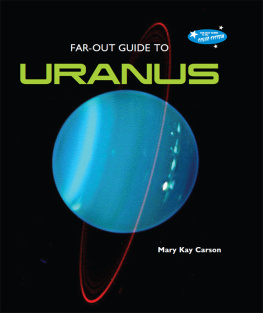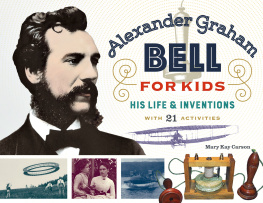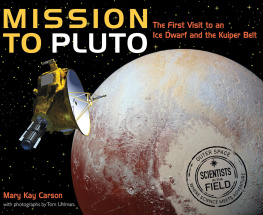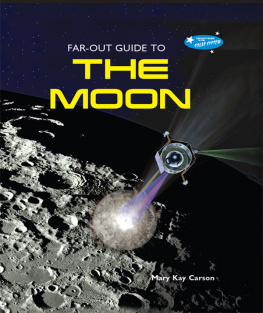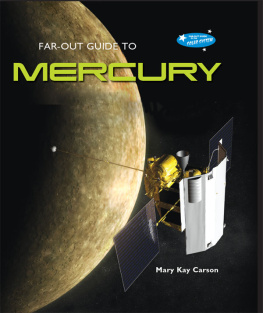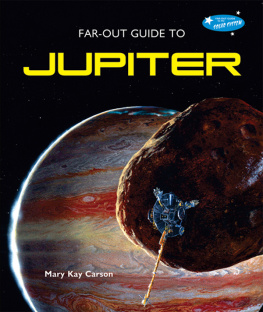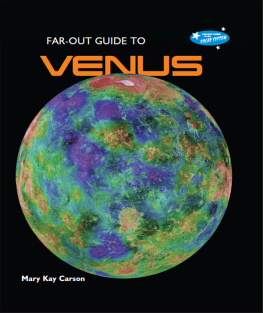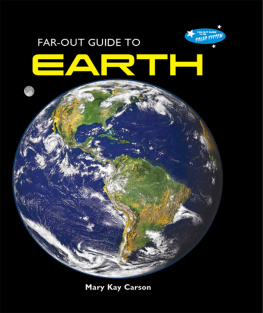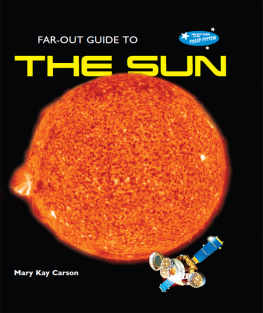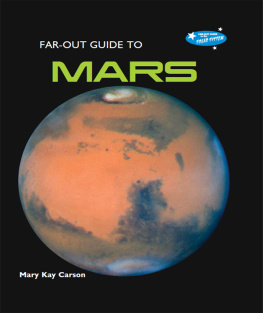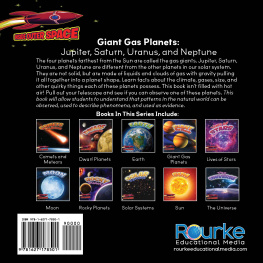
SIDEWAYS WORLD
URANUS IS A STRANGE WORLD. Instead of spinning like a top, like the other planets, Uranus spins like a bead on a string. For some reason, the side of Uranus facing the Sun is the same temperature as the side facing away from it! How do we know all this?
Spacecraft from Earth have visited Uranus, and they have taught us a lot about this sideways-spinning planet. Learn about the missions, the dedicated scientists who plan them, and more far-out facts about the seventh planet from the Sun. All the facts you need, and lots more, are included in this up-to-date book.
The Far-Out Guide to the Solar System series provides valuable information about the solar system, its planets, and mankind's quest in exploring them. This series is an excellent resource for young scientists and amateur astronomers.
Bahram Mobasher, PhD, Series Science Consultant
Professor of Physics and Observational Astronomy, University of California, Riverside
About the Author
Award-winning author MARY KAY CARSON has written many nonfiction books for young people and their teachers. In 2009, she received the American Institute of Aeronautics and Astronautics Children's Literature Award.
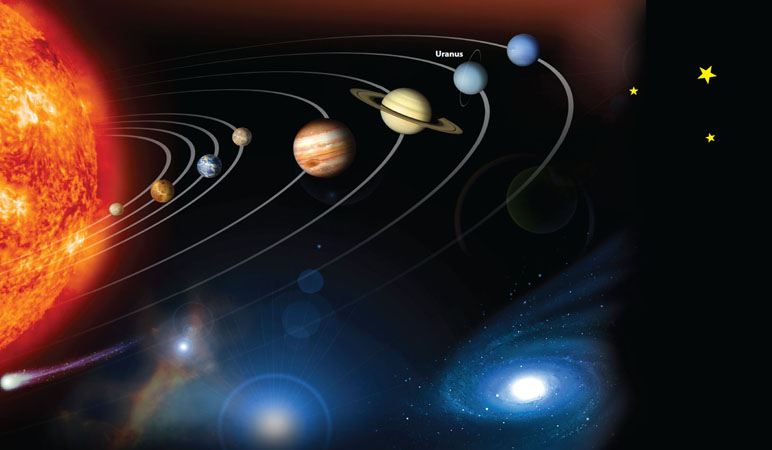
Image Credit: NASA/JPL
Uranus is the seventh planet from the Sun. (Note that the planets distances are not shown to scale.)
William Herschel was not looking for a planet the night of March 13, 1781. The self-taught astronomer and telescope maker was tracking stars. When one looked fuzzy through his telescope, Herschel figured it was a comet. But after following the objects path for a few nights, Herschel realized he was wrong. The bright object was moving too slowly to be a comet. And its orbit was out past Saturn.
Hershel had instead found a seventh planet! It was the first planet ever discovered. People had been watching Mercury, Venus, Mars, Jupiter, and Saturn move across the night sky for thousands of years. Uranus was not identified as a planet until Herschel zoomed in on it with his newly built telescope.
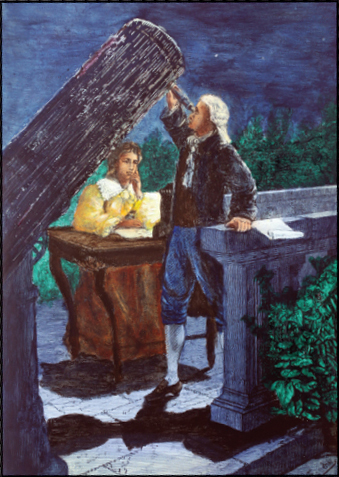
Image Credit: Enslow Publishers, Inc.
William and Caroline Herschel observe the night sky. The large telescope is the one William was using in 1781 when he discovered Uranus. Six years later he used it to find two of Uranuss moons, Titania and Oberon.
FAR-OUT FACT
William Herschel (17381822) was a musician born in Germany. He moved to England as a young man. Years later, he read a book about telescopes and became interested in astronomy. He built some of the largest telescopes of his day and used them to discover hundreds of stars. William Herschels sister Caroline Herschel (17501848) worked with him. She discovered eight comets and three nebulae. Williams son and Carolines nephew was John F. W. Herschel (17921871). He was also an important astronomer who discovered thousands of double stars, star clusters, and nebulae.
Uranus is about twice as far from the Sun as Saturn is. Herschels discovery of Uranus nearly doubled the known size of our solar system. Since then, astronomers have learned a lot about the seventh planet. Like Jupiter, Saturn, and Neptune, Uranus is a gas giant. It is a landless planet made of gases and liquids.
Uranus is a unique and fascinating place. It is the only one of our solar systems eight planets to be completely tilted over on its side. Instead of spinning like a top, Uranus turns like a bead on a string. No one knows why Uranus is sideways. Maybe something gigantic knocked it over millions of years ago. Uranuss sideways spin creates wacky seasons. Winter at Uranuss north pole is one long night that lasts for twenty-one years!
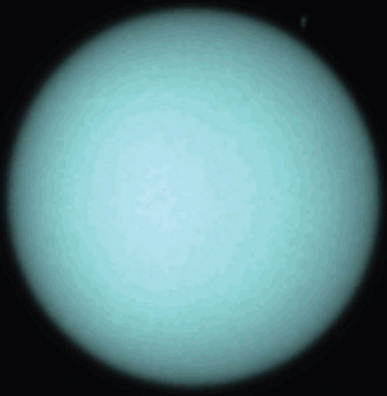
Image Credit: Heidi Hammel (MIT) and NASA
Because of Uranuss sideways tilt, sometimes one pole faces the Sun while the other points directly away from it.
FAR-OUT FACT
William Herschel named the planet he discovered Georgium Sidus. It means Georgian Planet in Latin. The name was meant to honor Englands King George III, who supported Herschels work. In the early years following its discovery, many simply called the seventh planet Herschel instead. Neither name seemed to fit in very well with the mythological names of the other planets. So in 1850 the planet was officially named Uranus, after the Greek god of the heavens. It is pronounced YOOR-uh-nus.
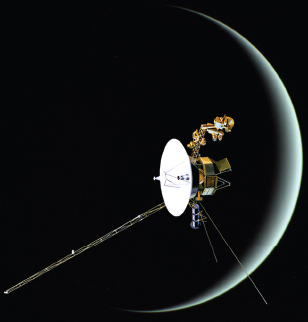
Image Credit: NASA/JPL
This illustration shows Voyager 2, the firstand so far onlyspace probe to study Uranus.
Voyager 2 taught us much of what we know about Uranus. Voyager 2 and its twin, Voyager 1, are robotic spacecraft, or space probes. Voyager 2 left Earth atop a rocket in August 1977. Voyager 1 launched two weeks later. Voyager 1s main mission was visiting Jupiter, Saturn, and their moons. Voyager 2 was a backup, in case something happened to Voyager 1.
Both Voyagers made it to Jupiter in 1979 without a problem. The sister space probes also successfully visited Saturn two years later. Voyager 1 then headed out of the solar system, as planned. It was the backup spacecrafts chance at the big time! NASA sent Voyager 2 off toward Uranus. It would be the first space probe ever to visit the seventh planet.
Even after four years in space, Voyager 2 was in good shape as it left Saturn behind. The cameras and scientific instruments on the car-sized probe worked fine. It had plenty of fuel, too. But Uranus is nearly twice as far away as Saturn. Voyager 2 was to communicate with Earth from double the distance. Plus, Uranus only gets one-quarter of Saturns sunlight. Voyager 2 was going to have to take photographs in the near dark.
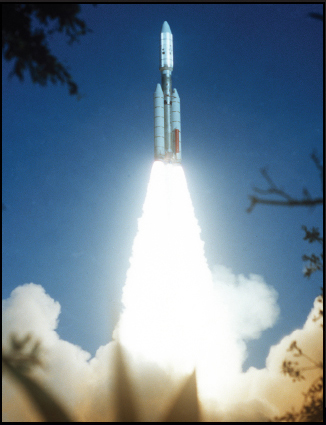
Image Credit: NASA/JPL
Voyager 2 launches atop a rocket on August 20, 1977. It left from the NASA Kennedy Space Flight Center at Cape Canaveral, Florida.
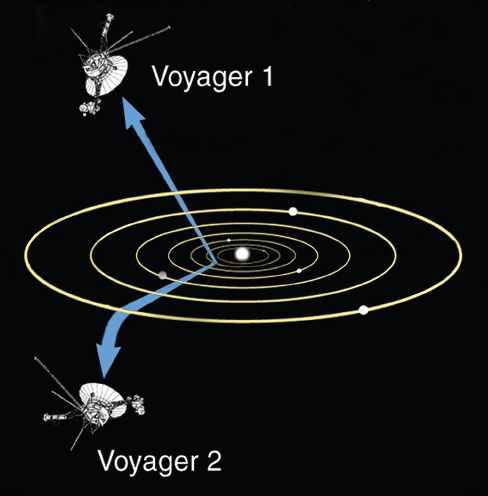
Image Credit: Lunar and Planetary Institute
Voyager 1 and Voyager 2 have left the solar system. In case someone out there finds the spacecraft, each carries a gold information disc. On it are messages, sounds, and pictures from Earth.
Voyager scientists and engineers quickly got to work. They needed to prepare their faraway spacecraft for its historic mission. On Earth, they improved the network of giant, dishshaped antennas that receive information sent by the Voyager spacecraft. Upgrading the spacecrafts computer software was another important job. Engineers uploaded new software to the space probe by radio signals. By the time it arrived at Uranus, Voyager 2
Next page
